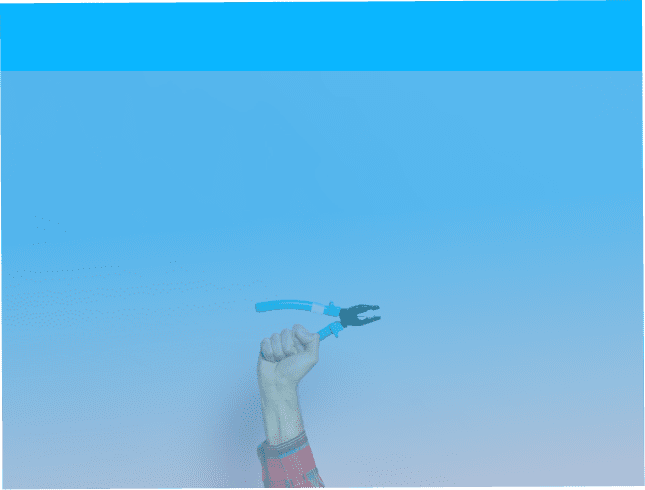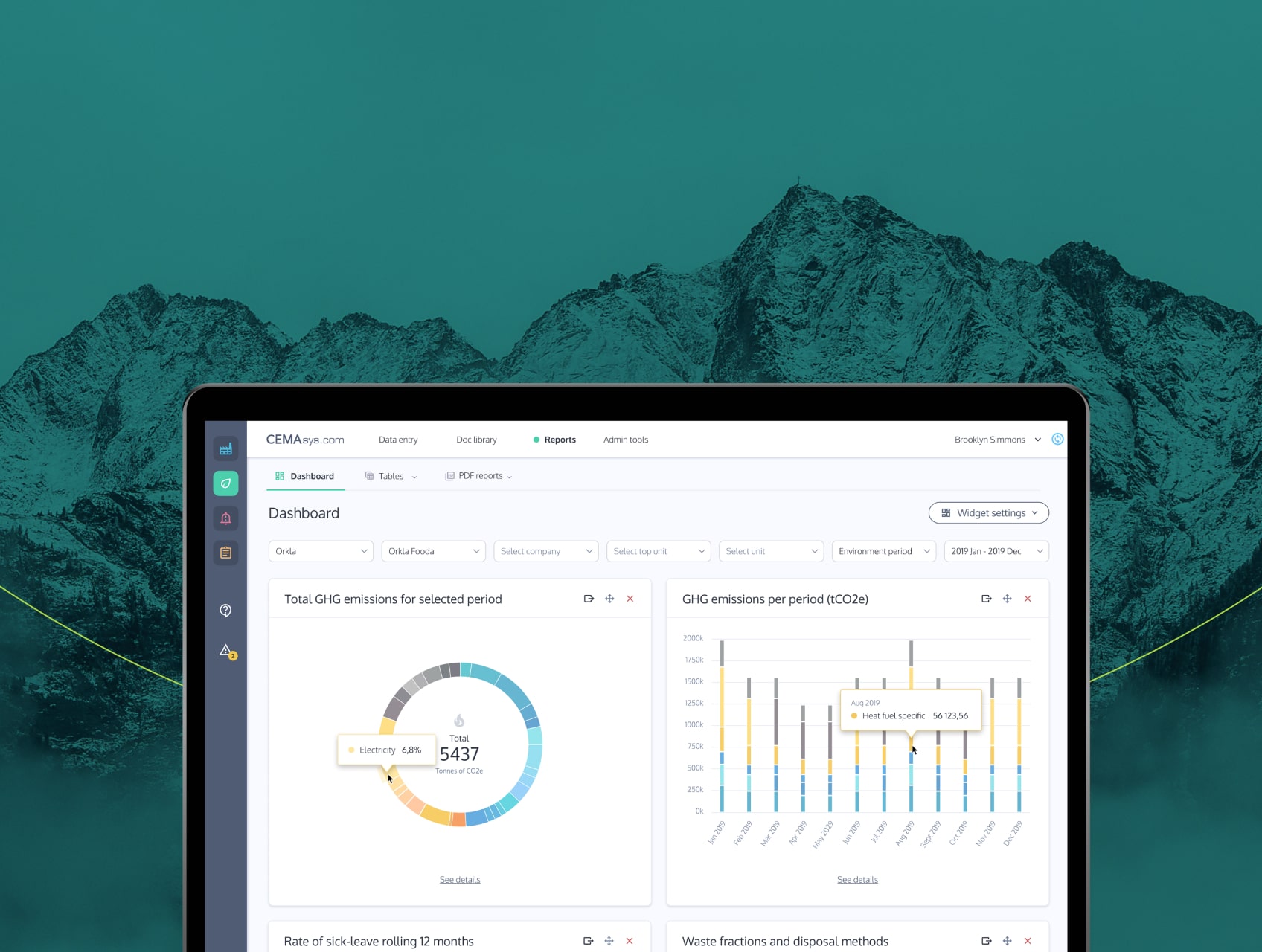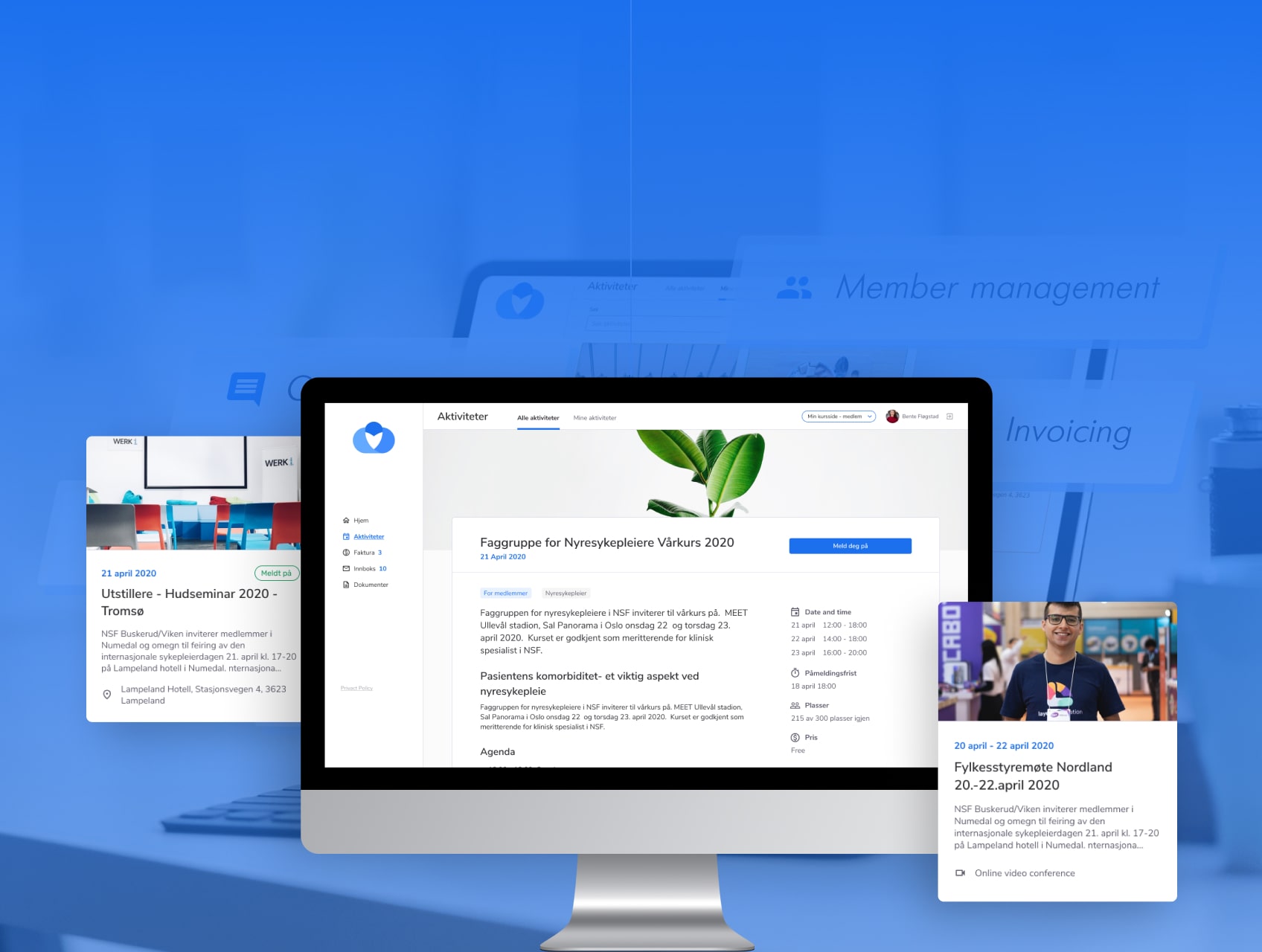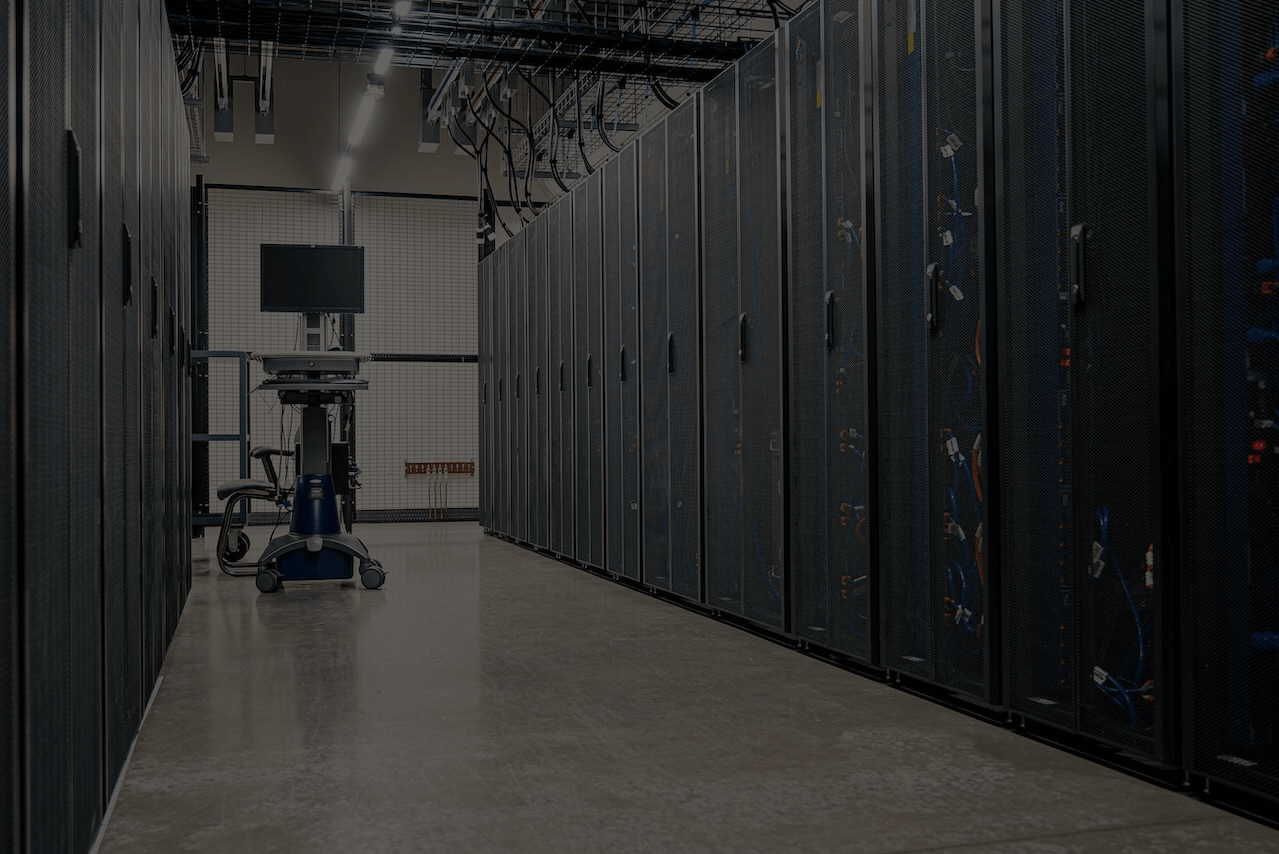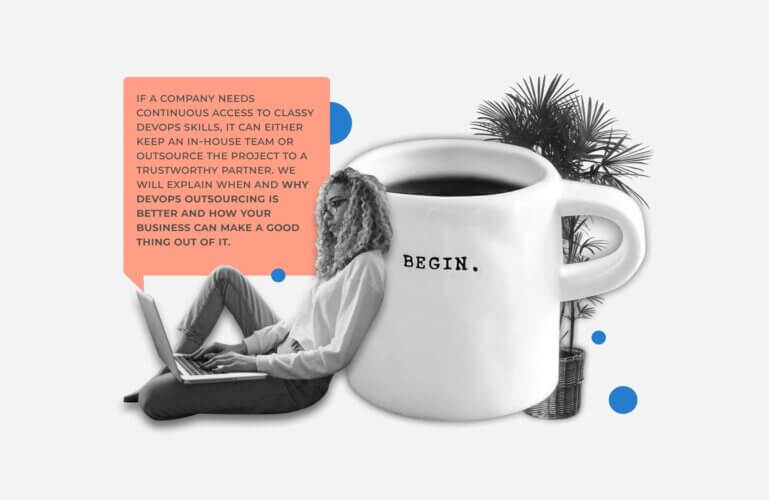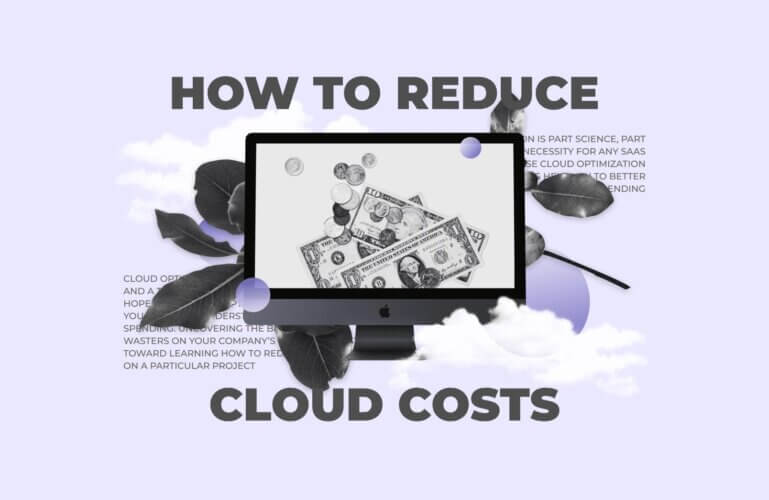Trusted by



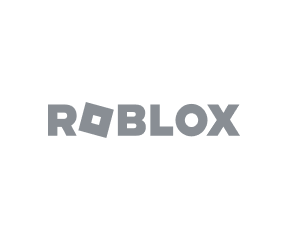

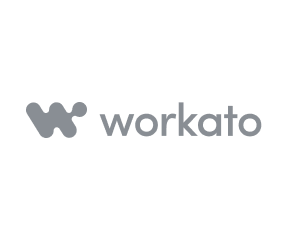
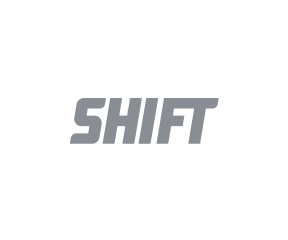
Future-proof your business
Application modernization services involve updating or replacing legacy systems. This way, you can better handle changes in demand, such as spikes in traffic or new business opportunities.
Improve your scalability and performance
Decrease the maintenance and upgrade costs
Become more agile and flexible in changes
Cut time-to-market with DevOps & automation
More services that will streamline your delivery
IT consulting
Test automation
DevOps services
Digital transformation consulting
Languages and frameworks
Databases & message brokers
Container orchestration & Infrastructure as Code
Infrastructure
Requirements analysis
Solution design
Solution implementation
Knowledge transfer
Application support
Choose your service option
Application modernization consulting
Managed services
Staff augmentation
13+ years of experience
Since 2009, MindK has assisted over 170 clients from various niches build and modernize their systems to keep up with the changing business needs.
Expertise in a wide range of projects
We’ve completed projects of all sizes, complexity, and engineering maturity – from PHP monoliths to serverless and microservice SaaS.
A team of top minds
Only 4% of engineers have what it takes to join MindK. They honed skills on real projects under the guidance of experienced mentors.
5+ years average client engagement
We strive to maintain trust and transparency with each of our clients. There's no better reward than clients coming back with new projects and ideas.
What
our
clients
say
Modernize your application with MindK
Let us know about your technology challenges and we'll help you solve them.
Our approach
Frequently Asked Questions
- What is application modernization?
Application modernization is the process of optimizing old software to align with new business needs. You can update infrastructure, architecture, or app features. The aim is to improve agility, scalability, and reduce costs. There are many approaches to legacy systems modernization. They include encapsulation, re-platforming, code refactoring, re-architecting, rebuilding, and replacement.
- What are the benefits of application modernization and how will it impact my business?
Legacy application modernization services can provide multiple benefits, depending on your current situation:
- Increased scalability and performance
Cloud-native apps can automatically scale up or down, depending on the current demand. This ensures your applications perform well during traffic spikes. It doesn’t consume unnecessary resources when idle.
- Faster development
Modern approaches like microservices allow you to build different modules with independent teams. This speeds up the development. You can further improve team productivity with cloud services and DevOps practices like containerization, automated testing, and continuous delivery.
- Better user experience
Poor responsiveness, frequent errors, and failures are typical issues with legacy software. Modernization can enhance performance and remove bottlenecks for your customers.
- Lower operational costs
Refactoring and re-architecting can make it easier (and less expensive) to maintain your code. Additionally, you can easily scale up or down as needed. This leads to large cost savings over time, as you only pay for the resources you actually use.
- How much does application modernization cost and what is the potential ROI?
The costs vary depending on the project scope, technologies, and provider rates. However, it is important to consider the potential ROI of legacy application transformation. They include cost savings, improved performance, and increased revenue.
- What are the risks of application modernization and how can you mitigate them?
Businesses might worry about potential data loss, downtime, and disruptions to operations. Yet, with proper disaster recovery plans these risks are almost a non-factor. So the main risk at this point is going for the wrong goals in your modernization efforts. That’s why MindK starts each project by meeting with the client to discuss their pain points, and business objectives. This will help us set priorities and clear goals to mitigate app modernization’s main risk.
- How long does application modernization take and what is the expected downtime?
The duration of the application modernization varies depending on the project scope. Typically, it takes several months to complete. The expected downtime also varies depending on the scope. However, we can minimize it by planning and testing beforehand. This allows us to roll out new features if necessary while updating your software.
- Who will take part in legacy modernization services?
A variety of stakeholders may take part in legacy modernization:
- CTO and Tech Leads evaluate the current state of the legacy systems and determine the best modernization approach.
- Developers and QA engineers are responsible for the hands-on work of modernizing the legacy systems. This includes updating the code, migrating data, and testing the new systems.
- DevOps engineers design and plan the new architecture for the modernized systems, ensuring it is scalable, secure, and maintainable.
- Project Managers supervise the modernization. They coordinate the stakeholder efforts and ensure that the project stays on schedule and within budget.
- UI/UX designers work together with Business Analysts to understand your requirements and create the visuals that match these requirements.
- Why and when should you modernize legacy applications?
Is your application crashing constantly due to traffic spikes? Do you get regular complaints from users? You might have a scalability problem.
Often, it’s impossible to predict whether your software will get popular. So the architects design a system that can handle your current requirements. If the software is now critical to business operations, there’s only one way forward. It’s time to invest in legacy software modernization. This will allow you to meet the new requirements and expand to other markets.
